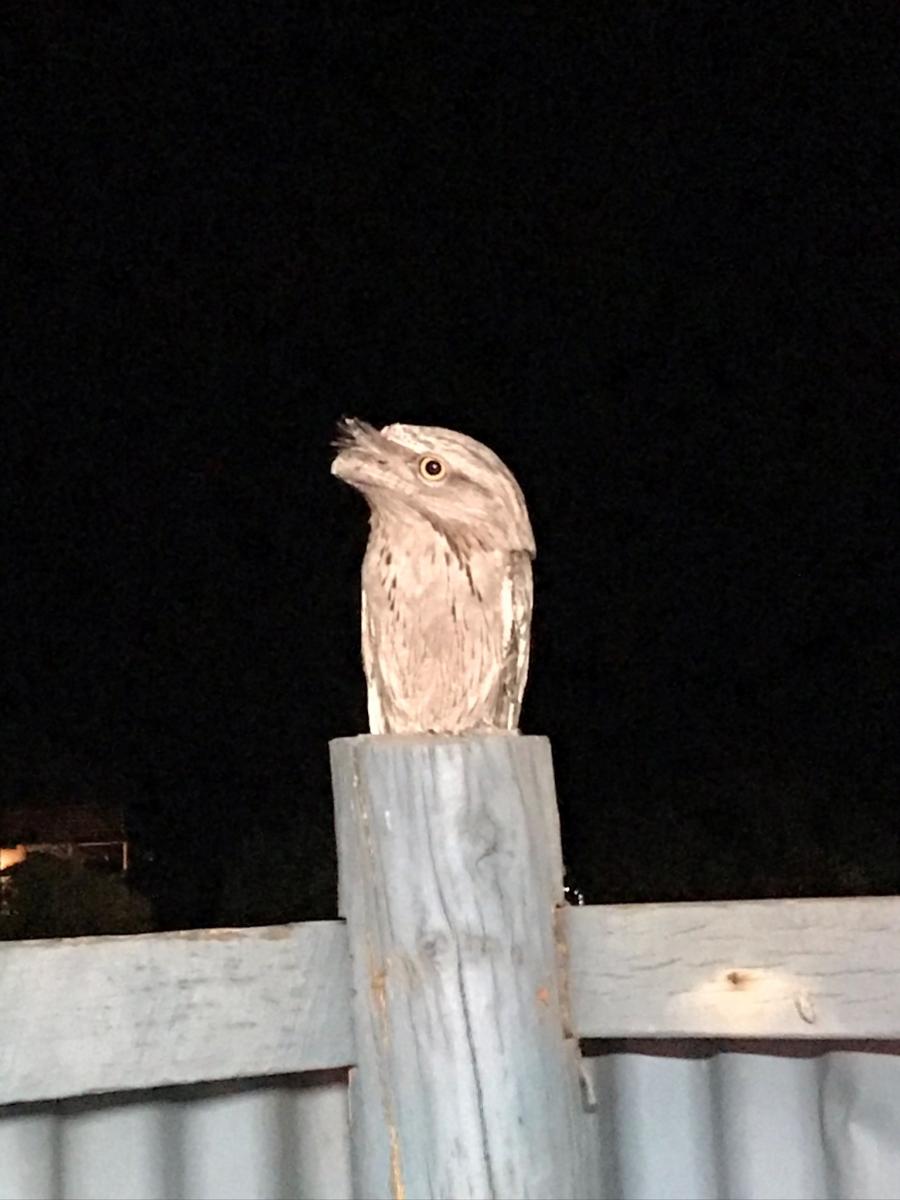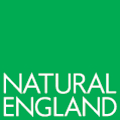Submitted by PBMS Admin on
Recently, Australian researchers reported multiple rodenticide exposure cases in various local birds of prey, e.g. tawny frogmouth owls. Second-generation anticoagulant rodenticides (SGARs) are persistent and bioaccumulative compounds widely used against rodent pests. However, SGARs can persist in rodent tissues and can therefore, be transferred to and affect predators. Australian researchers considered the impact of SGARs on wildlife as a new ‘Silent Spring’ in Australia.
We are keen to find out if this is also the case in the United Kingdom (UK). We have reported the time trend of exposure of wildlife to SGARs over decades; in recent year we have mainly focused on red kites and barn owls. Our latest reports show a similar level of exposure and an increasing exposure trend to brodifacoum, a highly toxic and persistent SGAR.
For details of the news article about the Australian case, see: https://theconversation.com/rat-poison-is-killing-our-beloved-native-owls-and-tawny-frogmouths-and-thats-the-tip-of-the-iceberg-212184
Our latest reports and papers can be found on the PBMS publication page.
If you are interested in Tawny Frogmouth owls - Bush Heritage Australia is a good source of information. Image below of a Tawny frogmouth owl taken in Australia shared by C Svendsen.







